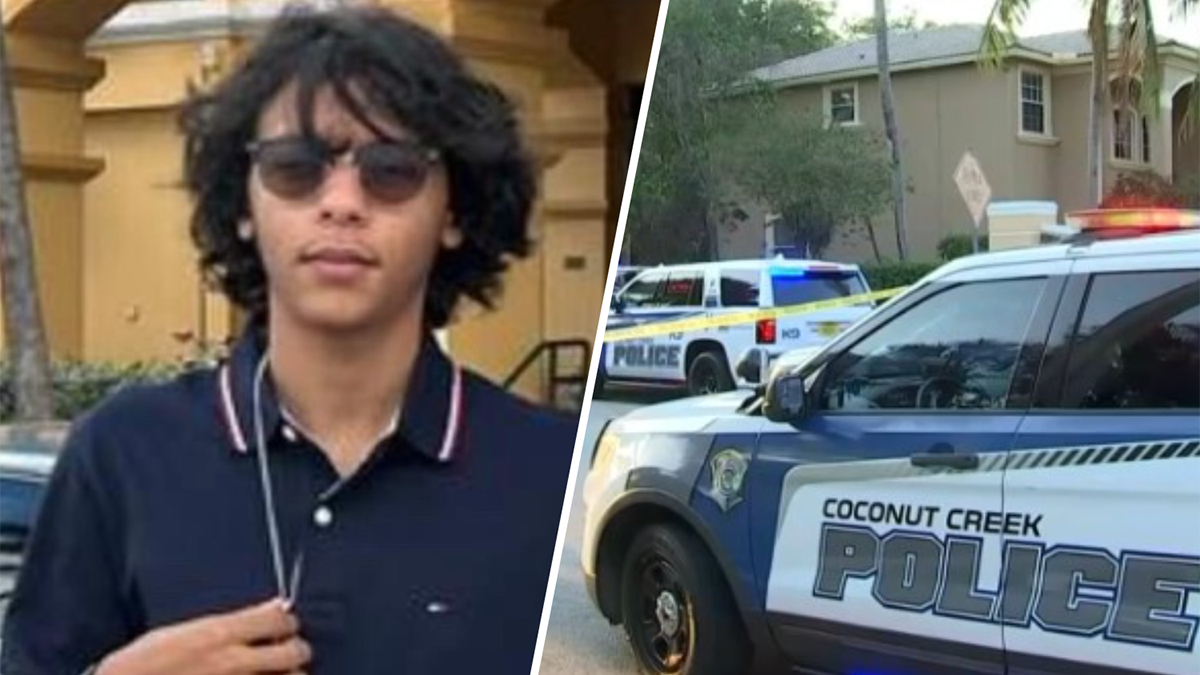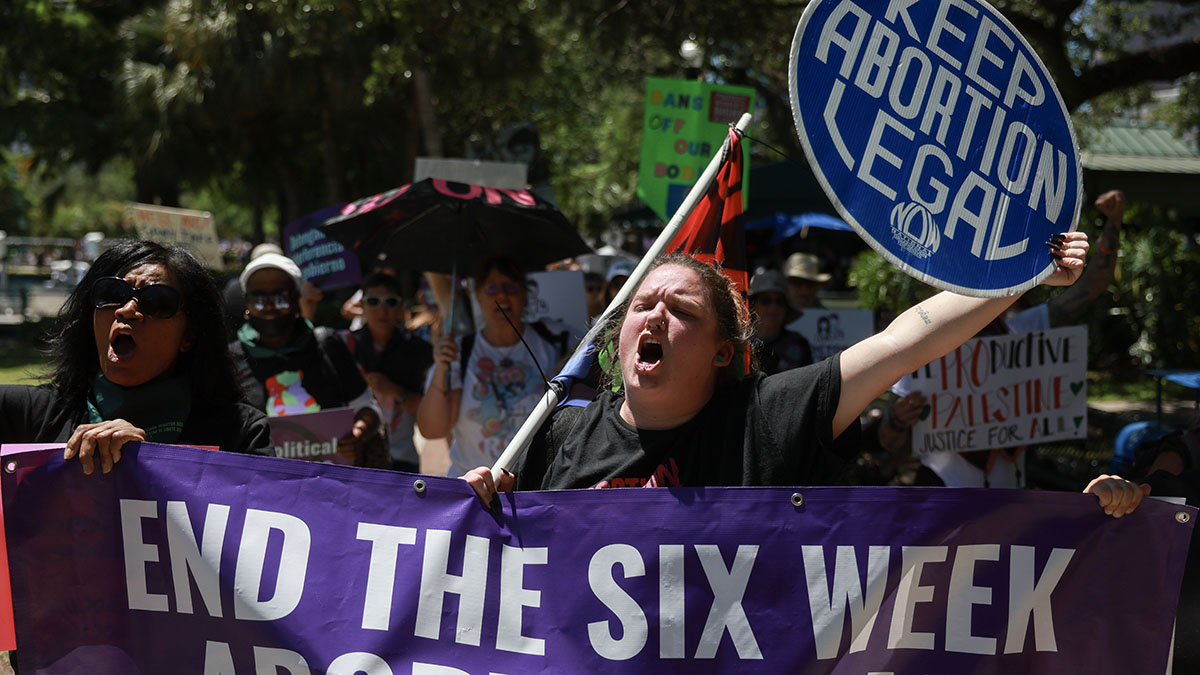One year after the Fort Lauderdale flood, another lesson that was learned was how our infrastructure is built to respond to so called ‘rain bombs.'
According to GZA, a 'rain bomb' is a wet column of sinking air that is associated with thunderstorms.
Both the City of Fort Lauderdale and South Florida Water Management District (SFWMD) are working to make sure residents are prepared for future flooding.
Assistant Public Works Director for the City of Fort Lauderdale, Dr. Nancy Gassman, told NBC6 they have learned a lot.
Get South Florida local news, weather forecasts and entertainment stories to your inbox. Sign up for NBC South Florida newsletters.
“This event has strengthened our relationships with the other jurisdictions and the water management district to talk about how everyone’s discharges into our bodies of water impacts our ability to drain," Gassman said. "We have taken the time over the last year to clear some of those conveyor pipes so we have the systems working at peak performance not only as we get to the one year anniversary, but as we get to June 1st, the beginning of wet season.”
The city has expanded their FORTIFY Lauderdale project and worked with agencies like SFWMD to ensure they can take on extreme water events and come out unscathed.
On April 12th of 2023, Fort Lauderdale saw more than 25 inches of rain, but their system was only meant to withstand 3 inches in 24 hours.
Local
Back in 2018, the city created their Stormwater Master Plan, which has so far added five and a half miles of underground pipe and catch basins in areas like Edgewood, three stormwater pumps in River Oaks, and improved infrastructure in six other neighborhoods.
But it wasn’t enough.
“When we had this major event in April," Gassman said. "The decision was made to move up the timeframe for the designing of phase two and we looked at the locations that had been impacted by this event to determine what were the neighborhoods beyond what we had already planned to include in the next phase."
An additional 17 neighborhoods have been included for stormwater improvements.
Construction is set to be completed over the next 10 years, costing three quarters of a billion dollars.
SFWMD said their focus is rehabilitating and replacing the canal system that is more than 70 years old, a roughly $1.2 billion endeavor.
Over the next two years, the project will cost a billion dollars each year to start and add additional features.
Their current project called the Flood Control System, is looking at Broward, Miami-Dade, and Palm Beach counties and observing how they can improve their systems.
“A lot of those water control structures along the coastline are gravity structures, so you had to wait for the water to stage over on the land side and then push against the tide but now with rising sea levels and increased storm events and storm surge," explained Assistant Executive Director and Chief Engineer at SFWMD, John Mitnik. "A lot of times that water can’t get out, and that structure actually remains closed for some portions of the day.”
The solution is to begin changing those gravity systems into pump systems -- something the city is already working on.
When it comes to how the city handles sewage when a rain bomb hits, they inspect all 10,000 catch basins twice a year to see if they need repair or cleaning.
However, every stormwater system is operated by a different entity and it’s determined by who owns the road it’s on.
The city says while they never expected the historic flood event, it taught them that they needed to do more to make sure they are ready for the next rain event.



